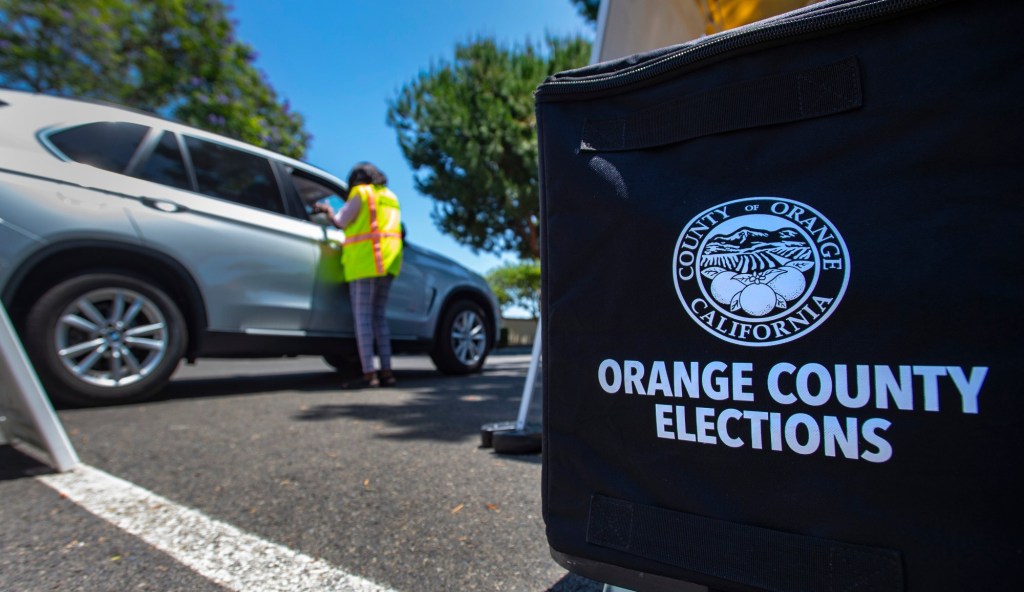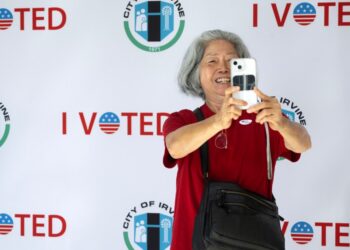It’s a tale as old as time: A voter gets turned off by a major political party and starts shopping around for options, eventually settling into this “middle ground” where they’re not tied down by a major label.
Known as independent or “no party preference” voters, these individuals, together with voters who identify with a third party, now make up nearly 30% of all registered voters in Orange County. Democrats lead registration by a small margin with 37.6% of all registered voters in Orange County with 33.1% being Republican.
“I think they might be very influential,” said UCI political science professor Louis DeSipio. “Democrats countywide have a little bit of an advantage over the Republicans, but it’s pretty evenly divided.”
In an area like Orange County, where the percentages of registered Democrats and Republicans are similar, the no party preference and third party groups may well be the deciding factor, said Matt Lesenyie, an assistant political science professor at Cal State Long Beach.
To figure out how these voters may influence the 2024 elections, we talked to multiple voters from different backgrounds about why they’re turned off by the two major parties in the U.S. The Southern California News Group will follow up with them throughout the course of the election cycle for an inside look into how they come to their decision of who to vote for up and down the ballot.
People tend to conflate independent voters — folks often seen as a litmus test or sanity check on American politics — as moderates, Lesenyie said. It tends to be the case that they’re usually as extreme as partisans, except that their “extremity is mixed,” he said.
“Maybe they’re pro-abortion and anti-immigrant,” Lesenyie said. “And that doesn’t fit our traditional image of polarization.”
“And it’s probably not the case that they buy into the wildest, far-flung conspiracies,” he added. “They tend to reward name recognition and…
Read the full article here







